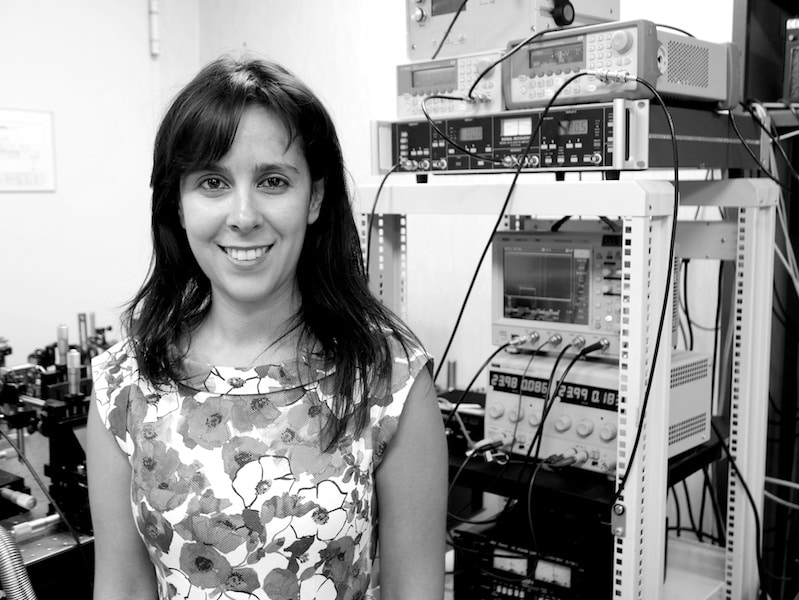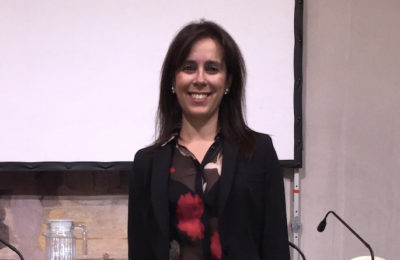Miriam Serena Vitiello, research director at Istituto nanoscienze (Cnr Nano) is among the winners of the ‘Proof of concepts’ funding awarded today by the European Research Council (ERC). Vitiello’s project “HyperSpectral Terahertz neAR-field nanoscope exploiting miniaturized frequency-combs” – STAR will receive a grant of €150,000 to upscale the development of a compact and low-cost imaging system based on the detection of radiation in the (underexploited) region of THz frequencies, with applications in electronic, pharmaceutical, food and many other sectors.
TheProof of Concept (PoC) grant competition is open only to ERC grantees. They can apply for top-up funding for their existing or recently completed research projects. Researchers use the Proof of Concepts funding to verify the potential for innovation of their ideas. The European Research Council announced today a list of 55 PoC grantees across Europe; 6 of them are hosted in Italy, being the third country in Europe after the Netherlands and the United Kingdom in terms of number of PoC awarded.
Miriam Serena Vitiello received an ERC Consolidator Grant in 2016 and she currently leads the “THz Photonics research group” at the NEST Laboratory of Cnr Nano and Scuola Normale Superiore in Pisa.
“The ERC project STAR focuses on the development of a compact, low-cost, hyperspectral, imaging system, which creates amplitude- and phase-resolved images at frequencies in the 2-5 THz range, relying on an excitation source based on a miniaturized frequency-comb emitting THz quantum cascade laser, without making use of an external detector” explains Vitiello.
“This nanoscope ensures 40-100 nm spatial resolution, >100 times smaller than the THz free-space wavelength, coherent detection and mapping of the THz optical response of materials over the continuous 2-5 THz bandwidth with noise-equivalent-power <10pW/√Hz and fast acquisition rates, far exceeding the performances of commercial time-domain spectroscopy near-field systems”.
“Amongst the more relevant application domains impacted by STAR there are electronic industry, security, healthcare, science and research, food and agriculture and public safety. In this context, there is high demand for both THz spectroscopy and imaging (on both millimeter and nanometer scales), required for quality assessment or control across many industries (i.e. electronics, pharmaceuticals, manufacturing, art, maintenance) for medical and bio-chemical diagnostics (viruses, bacteria) and for the healthcare market (dermatology/oncology, dentistry)”.



